
Although the recent measles outbreak in Minnesota has been declared to be over, its occurrence underscores the need to address the larger issue of vaccine uptake in the United States.

Although the recent measles outbreak in Minnesota has been declared to be over, its occurrence underscores the need to address the larger issue of vaccine uptake in the United States.

Potentially defective personal protection equipment, patients’ involvement in hand hygiene, probiotics that work against C. difficile, what makes delafloxacin unique, and a new discovery against the herpes virus make up the Top 5 articles for the month of August 2017.
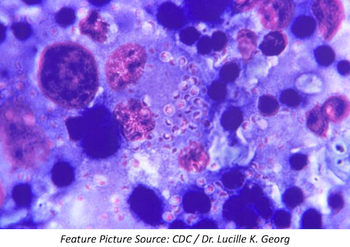
In a recent article, researchers discuss common fungal respiratory diseases in non-immunocompromised patients.

Keck School of Medicine at USC study has found that Zika virus suppresses pregnant women’s immune systems, which enables the virus to spread, causing harm to unborn baby.

A new study suggests that sexual transmission of Zika virus may create a higher risk for fetal disease than transmission via mosquito.

The National Institutes of Health has awarded a 4-year, $4.8 million grant to the University of Arizona to speed up the development of delta-CPS1, a vaccine candidate to fight valley fever.

The new test examines proteins and peptides in saliva using proteomics, the study of proteomes and their functions.

A new study suggested that neonatal sepsis, which kills 1 million infants around the world each year, may be prevented with synbiotic treatment.

NIH study sheds light on the mechanism behind increased cardiovascular risks for those living with HIV.

Stay up-to-date on the latest infectious disease news by checking out this snapshot of our top 5 articles of the week.
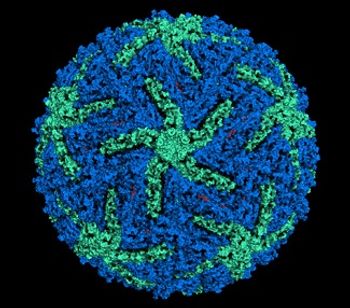
A new study is disputing previous findings that the Zika virus persists in semen for up to 188 days.

When it comes to cleaning products that work against Clostridium difficile, a new study has found that wipes are better than sprays.

The CDC shares ACIP’s recommendations regarding the prevention and control of seasonal influenza with vaccines for the 2017-2018 season.

Those US residents affected by Hurricane Harvey need to be mindful of rodent-borne infections that can spread from displaced rodents.
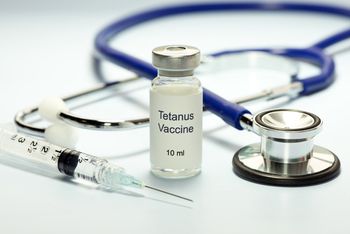
As Hurricane Harvey continues to dump heavy rains on Texas, health officials are urging residents to stay away from floodwater and get tetanus shots.
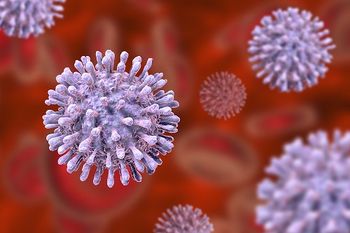
Living longer with HIV means that dying from cancer becomes more of a possibility.
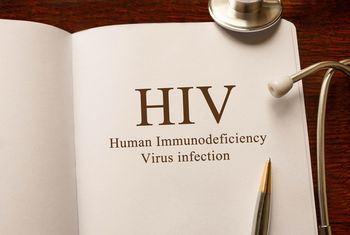
Scientists from Northwestern Medicine use a novel approach to gain a better understanding of the HIV lifecycle.
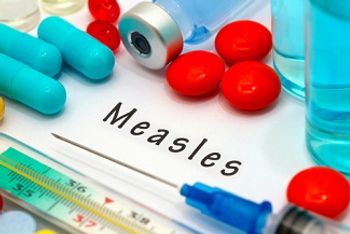
A measles outbreak that affected 79 individuals in the state of Minnesota this spring and summer 2017 was recently declared “over” by the Minnesota Department of Health (MDH).

The FDA approves meropenem-vaborbactam (Vabomere) for the treatment of adult patients with complicated urinary tract infections, including those with pyelonephritis.

With federal and state officials rescuing Texas and Louisiana residents from the floodwaters of Hurricane Harvey, health experts are looking into the storm’s impact on mosquitoes carrying West Nile and Zika viruses.

Aetna, the third-largest insurer in the United States, inadvertently sent HIV-positive patients letters that revealed their HIV status through a large, clear window envelope.

The results of a new study from the United Kingdom reveal that oral prednisone had no effect on the severity and duration of symptoms in adult patients suffering from bronchitis.

Benznidazole has been granted accelerated approval by the US Food and Drug Administration for use in children aged 2 to 12 years with Chagas disease.
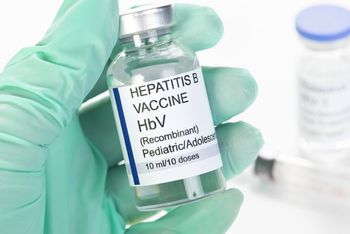
In an updated policy statement, the American Academy of Pediatrics recommends newborns receive their first dose of the hepatitis B (HBV) vaccine within 24 hours of birth to improve protection against the virus.

Kedrion Biopharma and Kamada Ltd. recently announced that KEDRAB, a post-exposure prophylaxis to be used against rabies infection has just been approved by the FDA.

To paraphrase Anthelme Brillat-Savarin, “we are what we eat”—Especially when it comes to antimicrobials and food-producing animals.

One study has found that pregnant women were more likely not to have their children vaccinated on time, after receiving negative information on vaccines from their friends and family, even after receiving positive information from their doctors.

Flood waters bring an increased risk of these potentially-deadly infections.

Shedding light on the perils of faulty personal protective equipment.
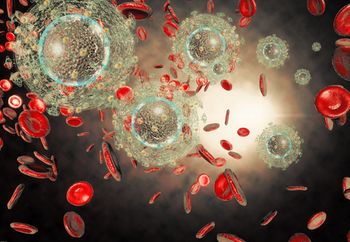
A recent UNC study found that about one-third of HIV-positive patients with low viral loads chose to ignore federal guidelines to begin ART.